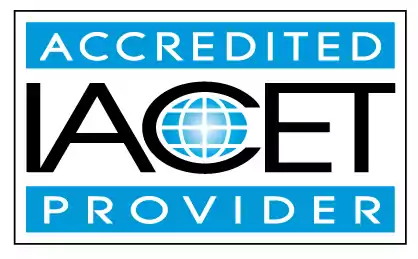Describe observational techniques and their purpose in the Montessori classroom.
Learn about observational techniques and their purpose in the Montessori classroom. Gain an understanding of how these techniques can lead to accurate and objective observations. Perfect for those interested in early childhood education and child care centers.Trainings incorporating this outcome
CDA Subject Areas
Proficiency Level
Topic Areas
35 hours courses
2 hours courses
Related Outcomes
- Describe the five key learning areas of the Montessori classroom and explain the purpose of each.
- Demonstrate an understanding of observational techniques that result in accurate and objective observation
- Describe an environment through video observation of a 3, 4, and/or 5 year classroom
- Describe how educators can adapt the Montessori classroom to support children with special needs.
- Describe the benefits of an outdoor classroom.
- Demonstrate an understanding of the Montessori philosophy and Maria Montessori's contributions to education.
- Demonstrate understanding of observational and assessment techniques to track skill development and individual need
- Demonstrate understanding of observational techniques to track skill development and individual need
- Define active play in the early childhood classroom and describe its benefits for young children.
- Demonstrate understanding of observational techniques to track skill development and individual need.
- Describe the various ways teachers can address challenging behaviors in the classroom.
- Describe a sample observation of teaching staff and children to determine curriculum effectiveness
- Describe strategies to encourage positive behaviors in the classroom.
- Describe a classroom management plan that promotes positive reinforcement and clear expectations for the school-age setting
- Describe positive discipline strategies to use in the classroom.
- Describe ways administrators can observe and assess staff.
- Define Cultural Activities in the Montessori early childhood classroom.
- Describe the process of creating and communicating rules within the classroom.
- Describe techniques used in successful coaching and mentoring.
- Describe the meaning of positive discipline in the classroom.
Related Articles
- Montessori Mistletoe: How to Create a Holiday-Themed Classroom Using Montessori Principles
- The Outdoor Montessori Classroom
- The Montessori Classroom: A World Designed for Discovery
- How to be inclusive in the classroom!
- Confetti, Glitter, and Fine Motor Fun: Montessori Craft Ideas
- Staying positive in the classroom
- Nature’s Classroom: Why Fall Is the Best Season for Sensory Learning Outdoors
- Exploring the Cognitive Benefits of Movement in Early Childhood Classrooms
- Techniques for Childcare Providers to Promote Emotional Well-Being in Children
- World Kindness Day: Inspiring Activities to Promote Compassion and Kindness in the Classroom
- Ensuring Classroom Safety: The "1, 2, 3, Eyes on Me" Tool
- Effective and Engaging Classroom and Home Daycare Room Arrangements
- Preparing to become a Montessori Assistant
- Special Offer: Save $15 on Montessori Education Training
- How to Create an Engaging Classroom
- Unlocking the Role of the Montessori Assistant
- The power of Imagination: How to add it to your classroom
- How to Create and Implement a Visual Schedule for Your Preschool Classroom
- National Waffle Day: Delicious Classroom Projects, Healthy Recipes and Snack Ideas
- Deck the Halls with Montessori-Inspired Activities for Kids
 3.5 CEUs
3.5 CEUs